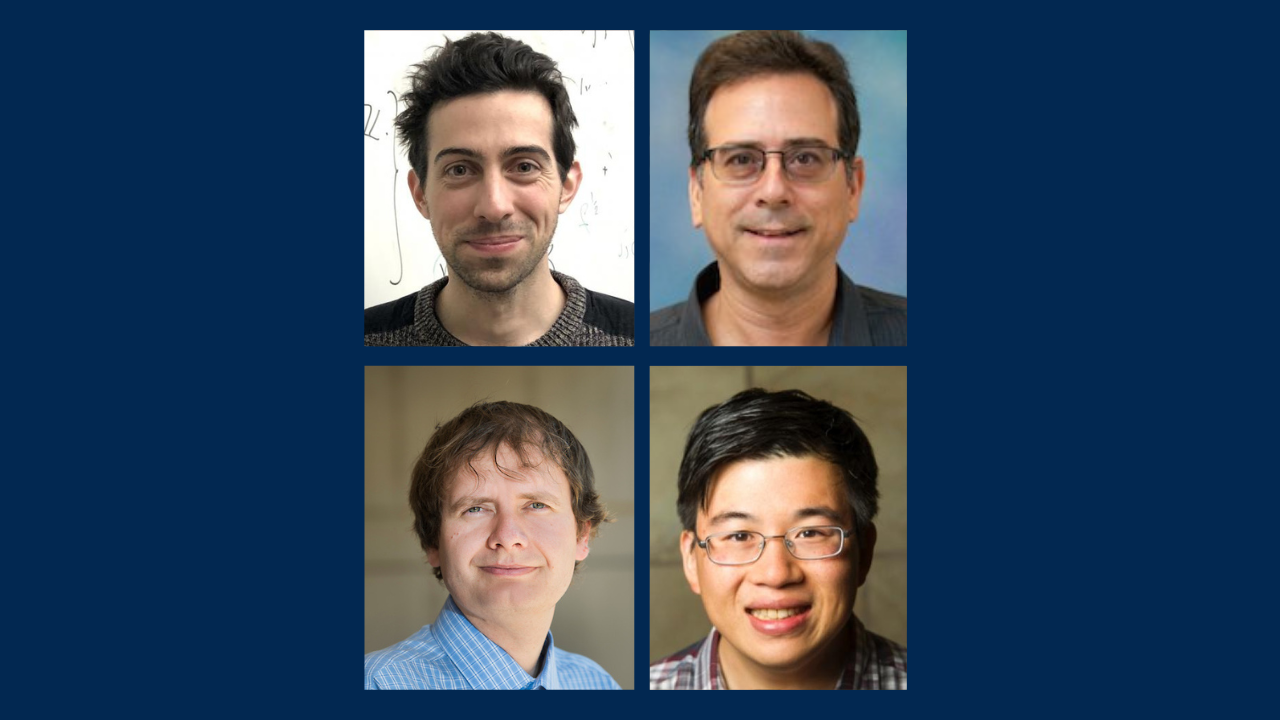
Four Faculty Receive Incentives for Large Grant Awards
A mathematician, a linguist, a chemist and a physicist are among this year’s cohort to receive Incentives for Large Grant Awards from the College of Letters and Science at UC Davis.
The Incentives for Large Grant Awards program provides faculty with up to $80,000 in support over two years to pursue large grants over $1 million.
“Large proposals require a significant investment of time and resources,” according to the Strategic Initiatives team behind the Incentives for Large Grant Awards program. “Often, our faculty are unable to pursue large grants because there is simply insufficient time to devote to proposal development and submission.”
The Incentives for Large Grant Awards program aims to ease that difficulty.
Learn more about the awardees and their projects below.
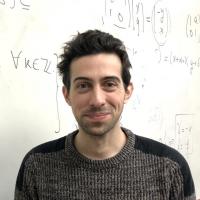
Roger Casals
Associate Professor, Department of Mathematics
Hoping to capitalize on the Department of Mathematics’ strengths in topology, geometry and combinatorics, Associate Professor Roger Casals wants to use his award to create a vertically integrated training program that provides high-quality research experiences and training in the mathematical sciences for undergraduates, graduate students and postdoctoral scholars. He will be joined by Associate Professor Laura Starkston and professors Eugene Gorsky, Motohico Mulase and Anne Schilling, all of the Department of Mathematics.
To establish the program, Casals and his peers will seek support from the National Science Foundation’s Research Training Groups in the Mathematical Sciences. If established, the program would provide undergraduates the opportunity to dive deeper into mathematics by pairing them with a graduate student or postdoctoral researcher who can discuss mathematical topics not typically explored in undergraduate classes. Through the department’s extensive alumni network and connections, the team also hopes to give UC Davis students prime placing for research experiences outside of UC Davis.
“Students and postdocs will participate in cutting-edge research and professional development activities to help them build their careers in the mathematical sciences,” said Casals, noting that the program will also aim to increase diversity in the mathematical sciences. “Strong and diverse participants will be recruited with competitive fellowships through a selection process that pays particular attention to members of underrepresented groups, and values drive and passion in addition to preparedness for research.”
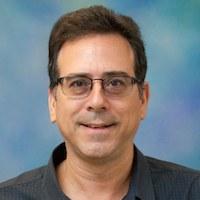
David Corina
Professor, Department of Linguistics
According to the National Institutes of Health, two to three out of every 1,000 children born in the United States have some detectable level of hearing loss. For such diagnoses, cochlear implants are often used as an intervention to restore hearing through direct electrical stimulation of the auditory nerve.
But outcomes for children with cochlear implants, including strides in spoken language acquisition, aren’t uniform. Why this happens is poorly understood.
“One concern is that, in absence of hearing, the auditory system may be subject to cross-modal plasticity (CMP),” said David Corina, a professor in the Department of Linguistics. “In CMP the processing demands of the intact sensory system, such as vision … may recruit the nascent auditory cortex, making it less available for speech processing. Further, the question of whether CMP constitutes a maladaptive or adaptive function remains controversial.”
Corina’s proposal concerns developing child-friendly electroencephalogram (EEG) tests to gauge early auditory and visual sensory processing in children who use cochlear implants. The goal is to develop diagnostic measures for cross-modal plasticity and novel rehabilitative interventions.
Corina and his team will seek funding from the National Institutes of Health and the National Science Foundation.
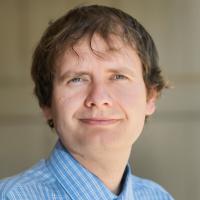
Jaroslav Trnka
Professor, Department of Physics and Astronomy
To describe the quantum realm, physicists rely on quantum field theory to explain and predict how elementary particles behave. These theories are then tested with particle accelerators like the Large Hadron Collider to reveal the fundamental laws of nature invisible to the human eye.
But quantum mechanics is a discipline of probabilities. Results from scattering experiments use mathematical functions called scattering amplitudes to illuminate all possible interactions between particles in a simplified way. However, current frameworks to capture this work are decades old.
“The main goal is to find a new framework for the calculation of scattering amplitudes, which would naturally incorporate discoveries of the last 30 years of amplitudes research, explain them as consequences of an underlying mathematical structure, and provide new conceptual and efficient computational tools,” said Jaroslav Trnka, a professor in the Department of Physics and Astronomy.
The work will build off amplituhedrons, geometric shapes discovered by Trnka and his colleagues in 2013 that help calculate the scattering amplitudes of gluons — particles that hold together protons and neutrons and are responsible for nuclear reactions.
“The complete geometric reformulation of the scattering problem would have major implications for our understanding of quantum field theory, particle physics and the mathematical language we use to describe fundamental laws of nature,” Trnka said. “It would pose even more pressing questions about scattering in early universe, cosmology and the unification of elementary forces.”
Trnka and colleagues plan to seek funding from the European Research Council Synergy Grant program.
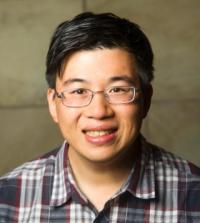
Lee-Ping Wang
Associate Professor, Department of Chemistry
Big data, artificial intelligence and high-performance computing have led to technological revolutions that provide scientists with more research power than ever before. Lee-Ping Wang, an associate professor in the Department of Chemistry, hopes to harness that technological power, thanks to receiving an Incentives for Large Grants Award.
“In the physical sciences, AI and machine learning are powerful tools capable of building mathematical models with unprecedented flexibility and surprising predictive power, and thus can accelerate the discovery of fundamental particles, lifesaving medicines and advanced materials for a renewable energy economy,” Wang said.
With funding from the Incentives for Large Grant Awards, Wang hopes to procure a supercomputer from the National Science Foundation Major Research Instrumentation program that can be used by faculty members pursuing AI-related research across the sciences and humanities.
“Given the profound questions and enormous potential for both progress and harm associated with AI research, academic institutions and research universities in particular should have a central role in shaping this research, alongside companies driven by profit,” Wang said. “A wide range of research within the College of Letters and Science would be supported by the new computing. This includes areas as diverse as earth systems modeling, molecular dynamics modeling, neuroscience, high energy physics, astronomy and cosmology, and advanced machine learning and generative AI/language models.”
